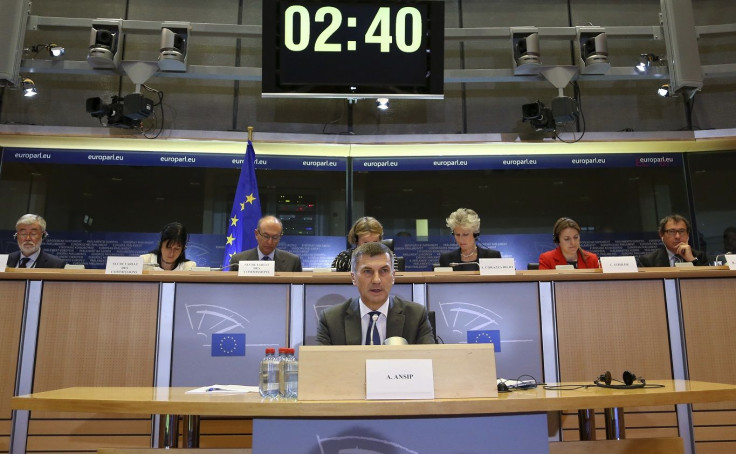Transforming and connecting Europe through the Digital Single Market

The transformation of current digital and Internet technologies to a Digital Single Market is the next step.
According to the European Commission, it will be the conduit by which the inhabitants of the European Union member nations will communicate, do business, exchange information and socialise with each other. The stakes are enormous: In this new Digital Single Market, about 20 million companies with 510 million customers must be able to interact online harmoniously and with very minimal technical glitches while navigating Europe’s 28 national markets.
The transition to a Digital Single Market can be accelerated with the strengthening of connectivity in the Union’s various industries. Online conferences, social media interaction and e-commerce are as strong only inasmuch as its Wi-Fi connectivity is flawless and consistent. Companies, public and private, are already beefing up their infrastructure.
The Digital Agenda for Europe is campaigning for telecommunications providers to enhance the internet speed of 50 percent of users to more than 100 megabits a second in five years’ time. Airports and airlines alike are beefing up their cellphone signals with new products down the pipeline, like the 5BARz International’s network extender, which can jack up the weak signals to full five bars of coverage for cellular devices.
Complementing the Digital Single Market is an all-encompassing European Scientific Cloud. Ideas, information and other critical data can be inputted into and exchanged in this massive internet landscape. Almost 3 billion Euros (AU$4.6 billion) have already been earmarked for the European Cloud Initiative, which intends to put the super cloud in place by 2017.
According to Computer Weekly, the European Union Parliament has also listed down elements that need to be addressed immediately in order to make the Digital Single Market a reality. First was the removal of cyber blocks that prevented one customer in one European country from purchasing a product of a company that is based on another. Cyber blocks routinely filter out IP addresses based on their location or cell phone numbers. Removing cyber blocks would then open up working mothers in England from ordering furniture from Spain, for example.
The second thing that has to be accomplished is to make consistent a unified European legislation governing the Internet, data protection rules and online privacy. Currently, the European Union member nations have varying rules that must be harmonised in order to avoid confusion for both companies and customers in the Single Digital Market.
Finally, guarding the Digital Single Market is a unified online fortress that would neutralise cyber security threats like complex means of hacking, viruses that rob information and destroy entire networks, and the immediate paralysis of all Internet-wired equipment. One jump-off point that the European Union can use to build an online fortress would be Google’s Digital Attack Map; as described by Tech Week Europe, the Map warns in real time any cyber threat unleashed on any Google office around the world.
The work that awaits the architects of the Digital Single Market is tremendous, but so are the rewards. The Digital Agenda for Europe says that its success can bring an additional 415 billion Europe in revenue to the Union. This can further cement Europe’s position as a world leader and strengthen it to face the enormous economic, socio-political and even cultural challenges that lay ahead. Now more than ever, unity and cooperation among the member nations of the Union becomes paramount.





















